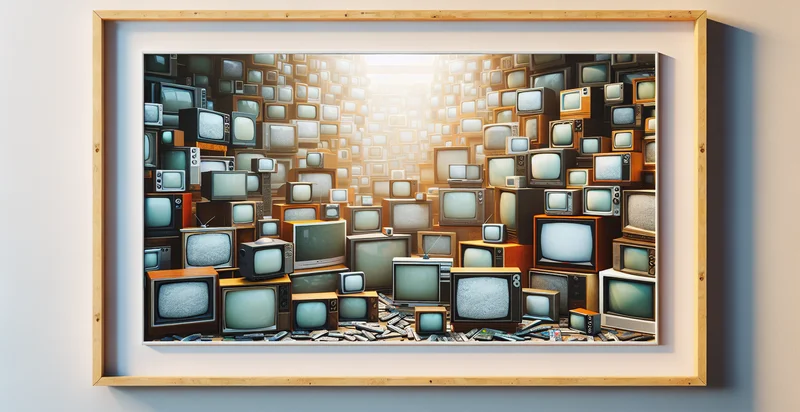Identify how many tvs are present
using AI
Below is a free classifier to identify how many tvs are present. Just upload your image, and our AI will predict how many TVs are present - in just seconds.

Contact us for API access
Or, use Nyckel to build highly-accurate custom classifiers in just minutes. No PhD required.
Get started
import nyckel
credentials = nyckel.Credentials("YOUR_CLIENT_ID", "YOUR_CLIENT_SECRET")
nyckel.invoke("how-many-tvs-are-present", "your_image_url", credentials)
fetch('https://www.nyckel.com/v1/functions/how-many-tvs-are-present/invoke', {
method: 'POST',
headers: {
'Authorization': 'Bearer ' + 'YOUR_BEARER_TOKEN',
'Content-Type': 'application/json',
},
body: JSON.stringify(
{"data": "your_image_url"}
)
})
.then(response => response.json())
.then(data => console.log(data));
curl -X POST \
-H "Content-Type: application/json" \
-H "Authorization: Bearer YOUR_BEARER_TOKEN" \
-d '{"data": "your_image_url"}' \
https://www.nyckel.com/v1/functions/how-many-tvs-are-present/invoke
How this classifier works
To start, upload your image. Our AI tool will then predict how many TVs are present.
This pretrained image model uses a Nyckel-created dataset and has 11 labels, including Eight Tvs, Five Tvs, Four Tvs, Nine Tvs, One Tv, Seven Tvs, Six Tvs, Ten Tvs, Three Tvs and Two Tvs.
We'll also show a confidence score (the higher the number, the more confident the AI model is around how many TVs are present).
Whether you're just curious or building how many tvs are present detection into your application, we hope our classifier proves helpful.
Related Classifiers
Need to identify how many tvs are present at scale?
Get API or Zapier access to this classifier for free. It's perfect for:
- Retail Inventory Management: This use case involves utilizing the image classification function to count the number of TVs in retail stores. By automating inventory checks, retailers can optimize stock levels, reduce overstocking or stockouts, and ensure accurate product placement.
- Market Research Analysis: Market researchers can leverage this image classifier to gather data on TV presence in different neighborhoods or regions. Analyzing the concentration of TVs can provide insights into demographic preferences and purchasing power, helping businesses refine their marketing strategies.
- Home Insurance Assessments: Insurance companies can use this function to assess home inventories for valuing homeowner policies. By accurately counting the number of TVs in a household, insurers can offer more tailored coverage options and prevent potential fraud.
- Smart Home Device Integration: Smart home systems can incorporate this function to monitor the presence and usage of TVs within a home environment. This can help enhance energy management solutions and streamline user interaction with other smart devices based on TV activity.
- Facility Management: In public spaces such as airports, hotels, and offices, facility managers can implement this classification function to keep track of TVs for maintenance scheduling and compliance checks. Ensuring that TVs are installed and functional contributes to an enhanced customer experience.
- Advertising Effectiveness Measurement: Companies can analyze the presence of TVs in environments and correlate it with the effectiveness of their advertising campaigns. By understanding the visibility and reach of advertisements during TV shows or events, they can calibrate future campaigns for maximum impact.
- Social Media Content Analysis: Social media platforms could use this image classification to analyze user-generated content featuring TV displays. This data can help in understanding trending shows, brand mentions, and viewer engagement, which can be valuable for content creators and marketers.


